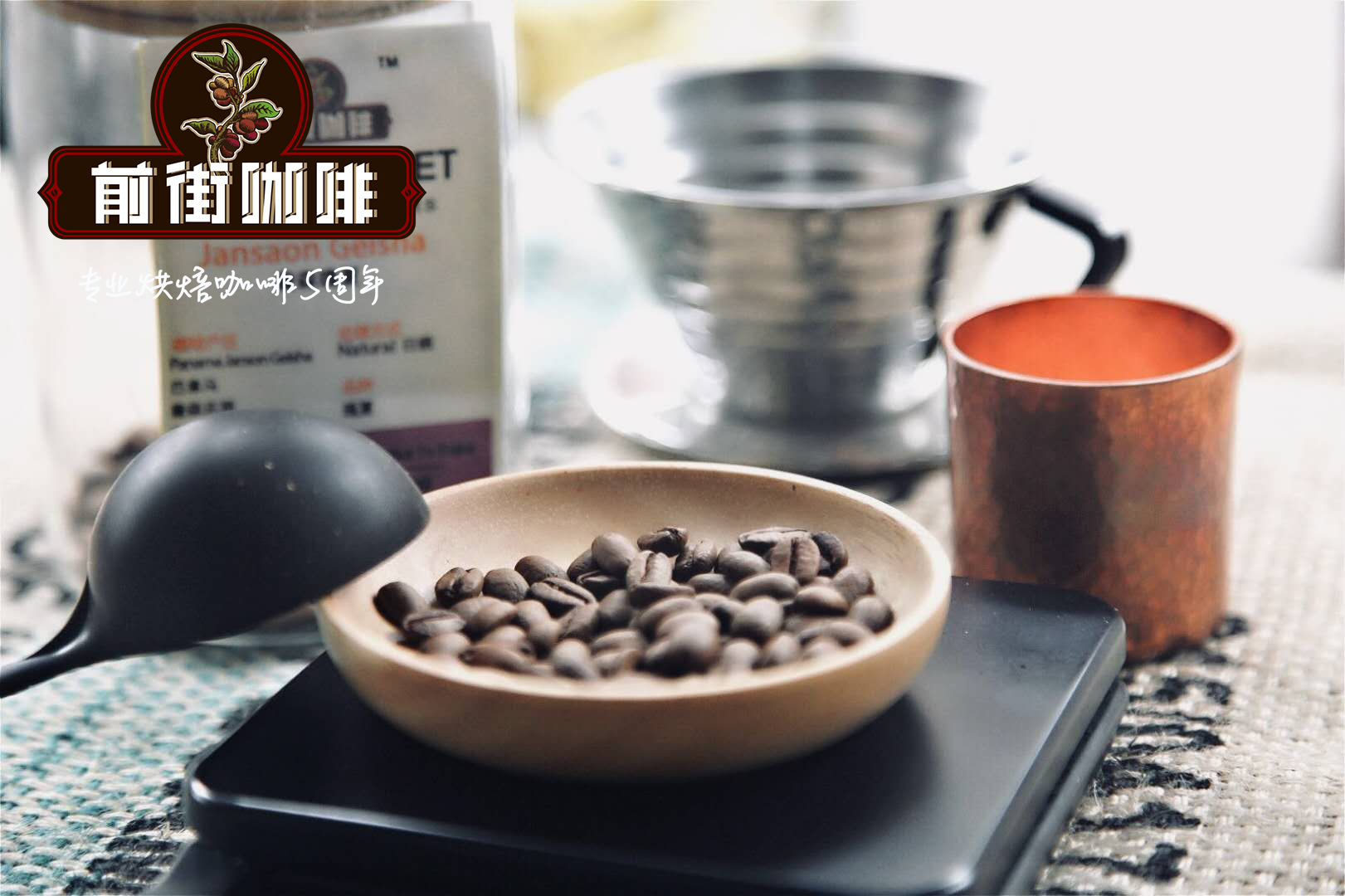Hometown of Arabica Coffee beans-introduction to various producing areas and characteristics of Coffee beans in Ethiopia

Professional coffee knowledge exchange more coffee bean information please follow the coffee workshop (Wechat official account cafe_style)
If you want to know coffee and its cultural story, you have to know Ethiopia, the hometown of Arabica coffee beans of individual coffee. In addition to bringing you carefully selected Ethiopian-Yegashifi G1 coffee beans and earbags, Qianjie Coffee is also here to organize some introduction materials to show you about this remote and historic coffee hometown.
This article will introduce:
National Geographic and Coffee planting History
Introduction to the characteristics of various producing areas and coffee beans
National Geographic and Coffee planting History
Ethiopia, a landlocked country located in the Horn of Africa, is the most populous landlocked country in the world. Ethiopia is regarded as the birthplace of coffee-Arabica species (Arabica). It has rich native varieties and a wide range of genetic sequences, many of which can not be found in other countries. Coffee in Ethiopia is mostly grown by small farmers on their own small farms or in wild and semi-wild environments, and nearly 15 million people across the country are involved in growing and processing coffee beans. As the birthplace of Arabica coffee varieties, coffee consumption dates back to the 10th century, when the first African nomads to eat coffee fruits (coffee cherries / coffee cherries) mixed coffee beans, oil and spices into refreshing and refreshing foods. Coffee farmers in Ethiopia mostly grow and harvest coffee by hand, in conjunction with the Coffee and Tea Development Department set up by the local government to improve and manage all coffee beans.
Introduction to the characteristics of various producing areas and coffee beans
Yega Xuefei Yirga-Cheffe
Yirga is a high-altitude town in Ethiopia-Sidamo province. The word "Yega" has the meaning of "let it settle", while "cheffe" means "marsh". Because of the local environment and climate, the coffee grown is famous for its special lemon and citrus flavor, which is different from that of other parts of Ethiopia, so it is an independent producing area. Yega Xuefei coffee trees are widely grown in high 1900m--2200m alpine areas, while non-cultivated coffee trees grow in the woods. Although they are in the tropics, the climate is cool, rainy but not humid, and the air is fresh and clean, so they are full of natural flavor.
Yega Xuefei stands out for its unique flavor in Ethiopia, which has many native species. It is the best coffee in Ethiopia, with sweet and sour fruits, citrus citric acid and jasmine flowers, and soft sweet orange peel, raisins and cinnamon. The shallow Yega Xuefei tastes fresh and bright with the aromas of fruit tea and alpine tea. Washed Yega Chuefei has a bright and pure flavor and acidity, which highlights its unique characteristics, while Sun Yega Chuefei has a wild wine flavor and gentle aroma, and its flavor is even more unique.
Sidamo Sidamo
Growing in the southernmost Ethiopian plateau between 1400-2200m above sea level, southeast of Jima, just south of the capital, usually sweet, but also liked by most people, raw bean green with gray. The coffee in Sidamo has a variety of flavors. Different soil types, microclimates and countless native coffee species, towering mountains, highlands, plateaus, valleys and plains, diverse topography, and the geology of the area belongs to nutrient-rich, well-drained volcanic soil. the depth of the soil is nearly two meters, and the surface soil is dark brown or brown. The biggest advantage of the area is that the soil fertility is maintained through the circulation of organic matter, using the withered leaves of the surrounding trees or the residual roots of the plants as fertilizer. Therefore, the coffee produced in cities and towns has obvious differences and characteristics. The Sidamo taste in the sun is close to the smell of flowers, but it is about a little earthy. Water washing has a nutty fruit aroma with a slight cocoa aroma, but what the two works have in common is smooth taste and viscosity, comfortable and pleasant acidity and fragrance. Medium roasting is suitable for individual products, while deep roasting is suitable for blending coffee and good Espresso base.
Important Notice :
前街咖啡 FrontStreet Coffee has moved to new addredd:
FrontStreet Coffee Address: 315,Donghua East Road,GuangZhou
Tel:020 38364473
- Prev

What are the characteristics of Arabica coffee beans? which brand of pure Arabica coffee beans is good?
Professional coffee knowledge exchange more coffee bean information please follow the coffee workshop (Wechat official account cafe_style) taste the charming flavor of pure Arabica coffee beans in front of the packaging, there are many clear French and representative labels on the package, which will be mentioned later. First of all, open this bag of front street coffee.
- Next

Is Arabica coffee beans delicious? What's so good about Arabica coffee?
For more information on coffee beans, please follow the coffee shop (Wechat official account cafe_style) Coffee beans: there are more than 100 kinds of coffee in the world, but at present there are two most common coffee beans: Arabica and Robusta, which vary in flavor, caffeine ratio and growing conditions.
Related
- Beginners will see the "Coffee pull flower" guide!
- What is the difference between ice blog purified milk and ordinary milk coffee?
- Why is the Philippines the largest producer of crops in Liberia?
- For coffee extraction, should the fine powder be retained?
- How does extracted espresso fill pressed powder? How much strength does it take to press the powder?
- How to make jasmine cold extract coffee? Is the jasmine + latte good?
- Will this little toy really make the coffee taste better? How does Lily Drip affect coffee extraction?
- Will the action of slapping the filter cup also affect coffee extraction?
- What's the difference between powder-to-water ratio and powder-to-liquid ratio?
- What is the Ethiopian local species? What does it have to do with Heirloom native species?

